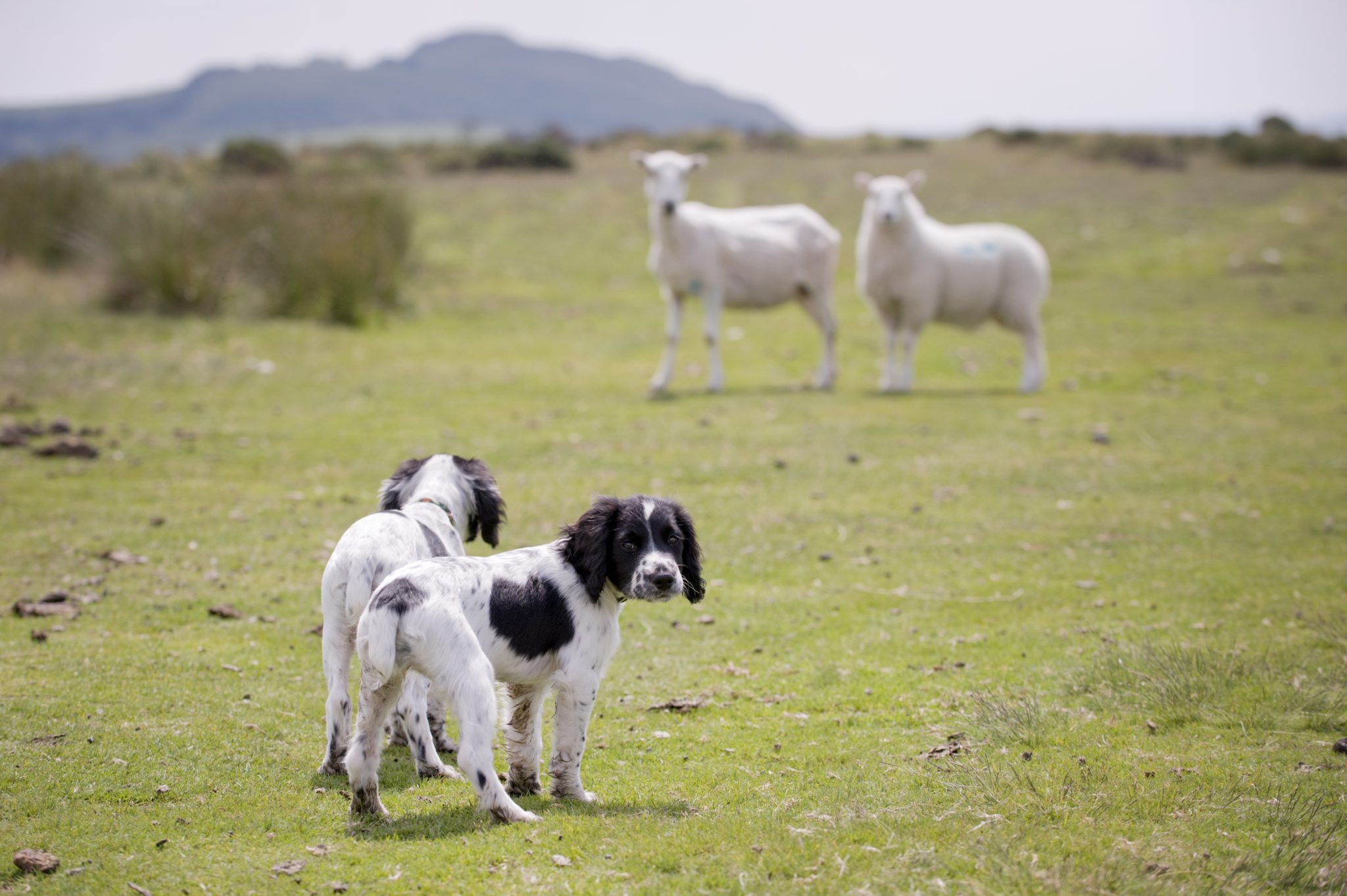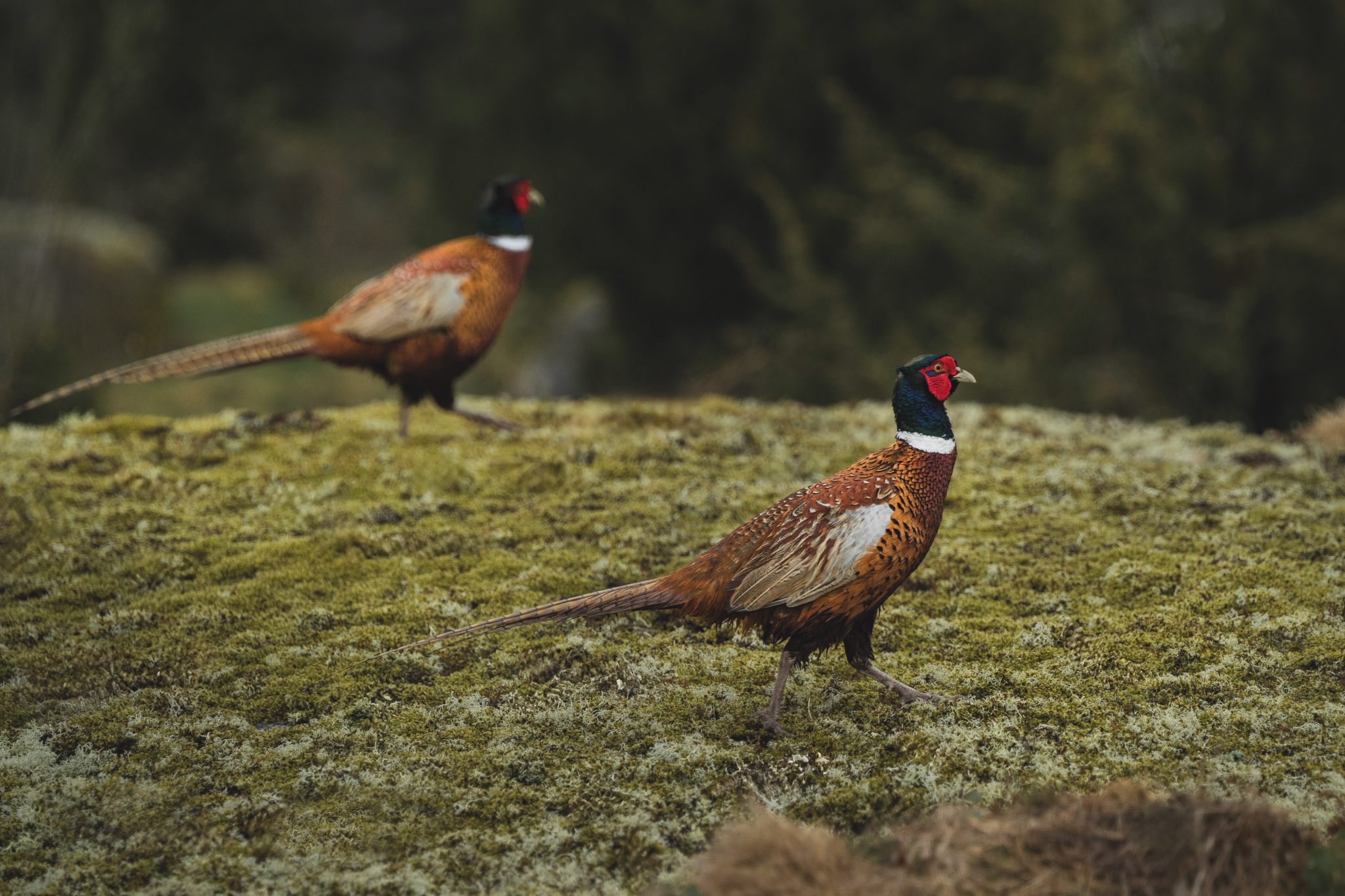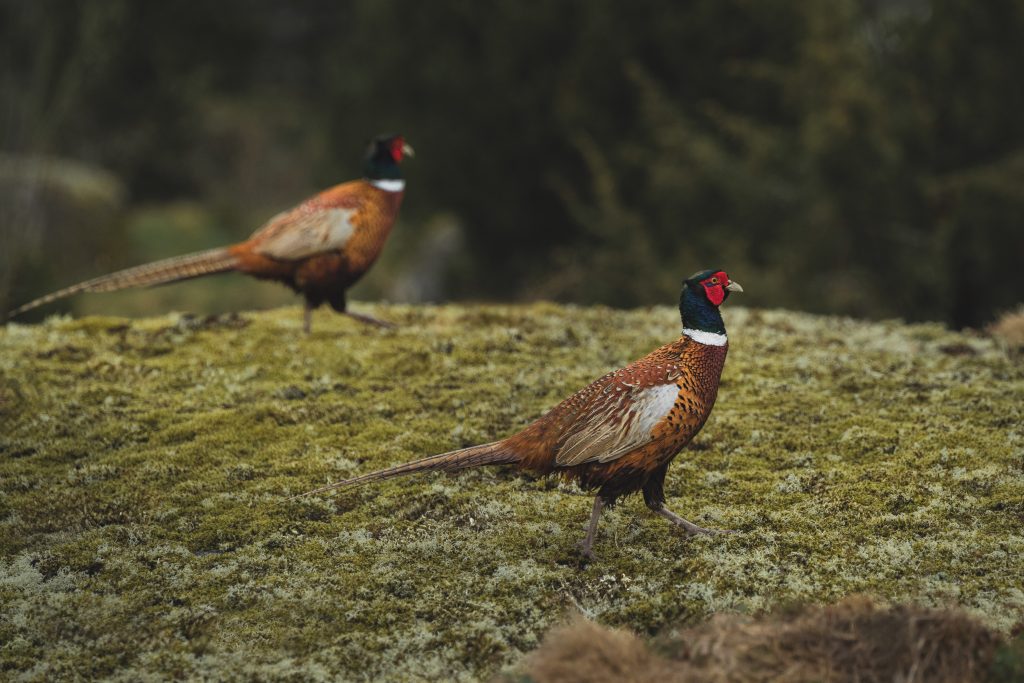Win CENS ProFlex DX5 earplugs worth £1,149 – enter here
16-bore shotguns under £10,000
Among the most underrated of guns, the 16-bore is considered to be the gun of choice for true sporting connoisseurs.

A 16-bore gun offers the sportsman a lighter gun which still has a very good killing power and range, especially now there is a good selection of modern 16-bore cartridges available. Even for those guns who shoot the highest and most extreme birds, the 16-bore should be considered a genuine alternative.
I have just sold a pair of Purdey 16-bores with 30″ barrels, and talking to the gentleman who purchased them he was very impressed and surprised at how well they perform on high birds.
In the late 1970s my father managed to obtain a pair of 16-bore Purdeys which had been made in the 1930s with 28″ barrels. Although I may be looking back with rose-tinted spectacles, I think he shot some of the best birds I ever saw him shoot with them.
However, my father analysed his shooting in great detail and didn’t remember the birds he shot, only those he missed. It only needed one bad day and they were up for sale.
A popular calibre
The 16-bore was always very popular in Europe, with it being the preferred gauge in France and Germany.
They were also very popular in my area, the Lincolnshire fens, with a lot of local farmers using these guns in the 1950s and 1960s. The 20-bore was then looked on more as a lady’s gun and the 16-more of a man’s gun. There is a limited selection of over-under 16-bores, the most common being East German guns from Merkel.
The Italian makers never really got into the 16-bores, though in more recent years we have seen one or two guns from Lincoln and one or two Japanese Brownings appearing in 16-bore.
However, these guns tend to be rather heavier, whereas the Merkel was built more on a scaled down action and is a rather truer interpretation of the 16-bore.
Problem with 16-bores
The one problem I do see with 16-bores is the unfortunate situation of being caught out on the day, or worse on the peg, and running out of cartridges.
You will be very lucky to find another person in your team using a 16-bore to borrow cartridges from, so I would suggest you always take plenty with you when straying away from your favourite 12-bore.
This is good advice for any shoot day: it is good manners, and you will avoid insulting your host by ensuring you have enough cartridges to shoot at his birds.
Purdey sidelock 16-bore shotgun
I have already mentioned the pair of these which I sold recently.

They were in excellent order throughout and with the more unusual 30″ barrels had the weight biased very slightly forward of hinge pin. Chokes were quarter and half, which are the measurements I would recommend on a 16-bore if you are going to be shooting the more extreme birds. On good 40-yard partridges I would recommend improved cylinder and quarter.
The stocks on these guns were straight hand with a fairly dense best French walnut wood counteracting the weight of the longer tubes.
As such they were not over-hollowed, which can often be the case with best sidelocks. The actions on best London sidelocks can be very slender, and a lot have been re-barrelled down to 20-bore from their original 16-bore manufacture.
Personally I think this is a great shame, especially as 16-bore guns are becoming more popular again.
These particular guns had 2¾” chambered barrels, so would take the bigger, more punchy loads if need be, making it an ideal gun for high pheasants.
The price of something like a Purdey 16-bore does vary enormously. I would suggest if you are looking to purchase one in all original condition it would likely cost over £10,000.
Obviously later guns are a lot more, going into the £20,000 or even £30,000 region for a very late one.
W.J. Jeffrey boxlock 16-bore shotgun
As I have written in the past, a good boxlock offers fantastic value for money and a fine shooting experience.
Related Articles
Get the latest news delivered direct to your door
Subscribe to Shooting Times & Country
Discover the ultimate companion for field sports enthusiasts with Shooting Times & Country Magazine, the UK’s leading weekly publication that has been at the forefront of shooting culture since 1882. Subscribers gain access to expert tips, comprehensive gear reviews, seasonal advice and a vibrant community of like-minded shooters.
Save on shop price when you subscribe with weekly issues featuring in-depth articles on gundog training, exclusive member offers and access to the digital back issue library. A Shooting Times & Country subscription is more than a magazine, don’t just read about the countryside; immerse yourself in its most authoritative and engaging publication.









